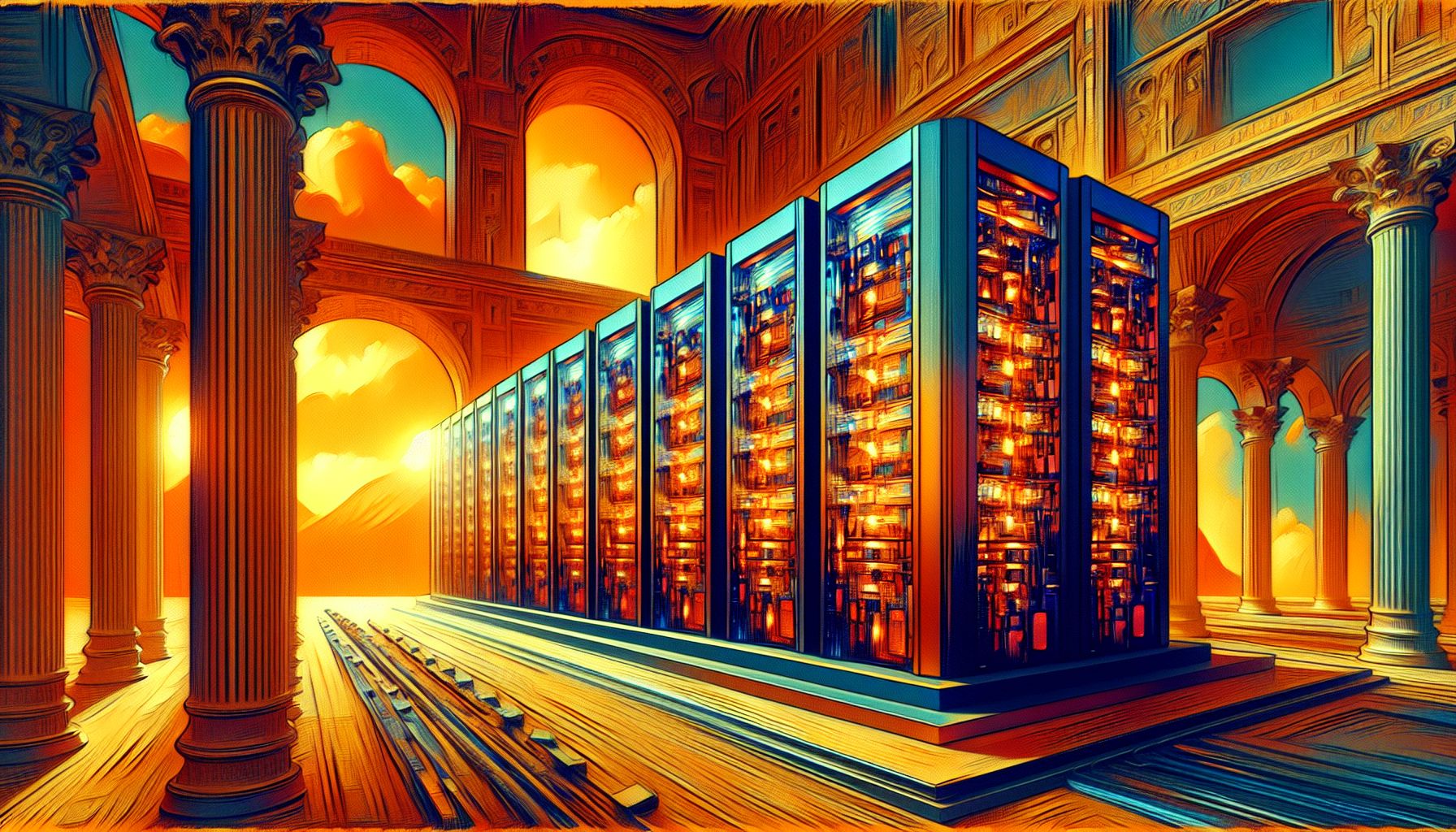AI Supercomputers Could Require 9 Power Stations by 2030

Amsterdam, Sunday, 27 April 2025.
New research suggests that AI supercomputers will demand the equivalent energy of nine nuclear reactors by 2030, costing up to $200 billion each, showcasing a potential energy crisis.
Exponential Growth in Power Demands
The computational landscape is experiencing unprecedented growth, with AI supercomputer performance doubling every nine months since 2019, achieving a remarkable 2.5-fold increase annually [1]. Currently, the most powerful AI system, xAI’s Colossus, consumes approximately 300 megawatts of power, equivalent to the energy needs of 250,000 households [2][3]. This trajectory of growth has significant implications, as both power requirements and hardware costs have been doubling annually since 2019 [1].
Private Sector Dominance
The AI supercomputing landscape has undergone a dramatic shift in ownership structure. Private companies now control 80% of global AI computing power, up from 40% in 2019 [1][4]. The United States maintains a commanding lead with 75% of global AI supercomputing capacity, while China follows with 15% [1]. Major tech companies are making unprecedented investments, with both OpenAI and Nvidia each committing $500 billion to new projects [5].
2030 Projections and Challenges
According to research by Epoch AI, if current trends continue, by June 2030, the leading AI supercomputer will require approximately 2 million AI chips and demand 9 gigawatts of power - equivalent to the output of nine nuclear reactors [3][4]. The estimated cost for such a system would reach $200 billion [1]. This represents a massive scaling up from today’s most advanced system, the Colossus, which was constructed in 214 days at a cost of $7 billion [4].
Environmental and Economic Implications
The rapid expansion of AI supercomputing facilities presents significant environmental challenges beyond power consumption. These facilities require extensive water resources and substantial land use [5]. While energy efficiency improvements are occurring, with computational performance per watt increasing by 1.34x annually, these gains are not keeping pace with the overall growth in power demands [1]. Some companies are exploring alternative solutions, with tech giants like Microsoft and Google investigating nuclear power as a potential sustainable energy source [4].

